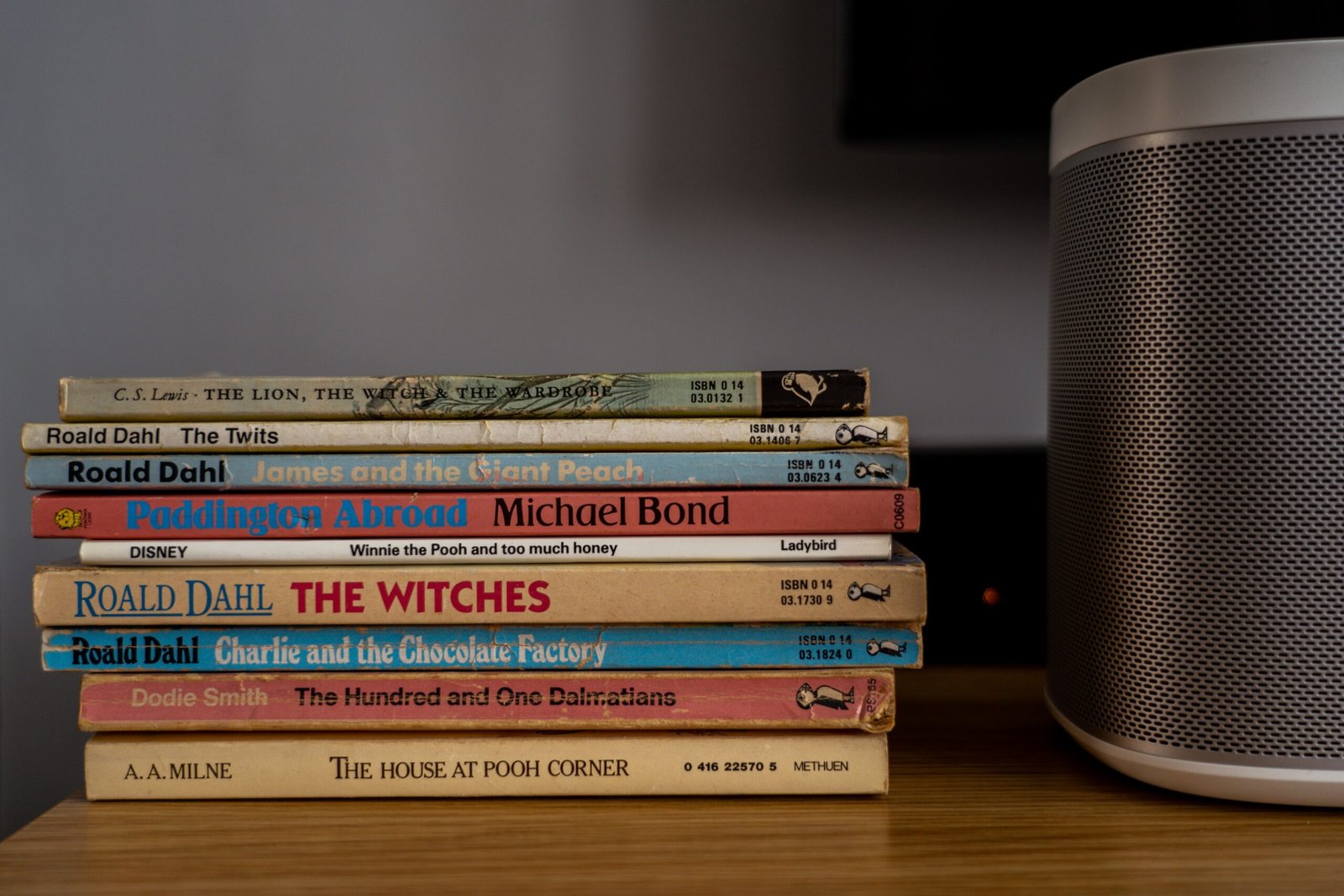As parents and educators, we are constantly looking for ways to teach our children valuable life skills. One such skill that has gained significant attention in recent years is mindfulness. Mindfulness is the practice of being fully present in the moment, without judgment. It helps children develop self-awareness, emotional regulation, and empathy. One effective way to introduce mindfulness to kids is through storytelling.
Storytelling has been a powerful tool for centuries, captivating audiences and conveying important messages. By incorporating mindfulness into stories, we can engage children’s imagination while teaching them valuable lessons about mindfulness and self-awareness.
The Power of Storytelling
Stories have a unique ability to capture children’s attention and transport them to different worlds. Through storytelling, we can create characters and scenarios that children can relate to, making the lessons more accessible and relatable.
When we tell stories, we engage both the logical and creative parts of the brain. This dual engagement helps children absorb information more effectively and retain it for longer periods. By using storytelling as a tool for teaching mindfulness, we can tap into the power of narratives to create lasting impressions and help children internalize the concepts.
Mindfulness Moments in Stories
Integrating mindfulness into stories can be done in various ways. Here are a few ideas:
1. Mindful Characters:
Create characters who practice mindfulness in the story. These characters can demonstrate the benefits of mindfulness, such as improved focus, emotional regulation, and empathy. By seeing mindfulness in action, children can better understand its impact and be inspired to practice it themselves.
2. Mindful Adventures:
Take children on mindful adventures through storytelling. The characters can embark on journeys that require them to be fully present and use mindfulness techniques to overcome challenges. This approach allows children to experience mindfulness in a fun and engaging way.
3. Mindful Reflections:
Include moments of reflection within the story. Pause the narrative and ask children to take a moment to focus on their breath or notice their surroundings. This practice encourages children to pause, be present, and develop their own mindfulness skills.
Benefits of Teaching Mindfulness through Storytelling
Using storytelling as a tool to teach mindfulness offers several benefits:
1. Enhanced Engagement:
Storytelling captures children’s attention and makes learning more enjoyable. By incorporating mindfulness into stories, children are more likely to be engaged and actively participate in the learning process.
2. Emotional Connection:
Stories have the power to evoke emotions and create a sense of connection. By integrating mindfulness into stories, children can develop a personal connection to the practice, making it more meaningful and relevant to their lives.
3. Long-Term Impact:
Stories create lasting memories and impressions. By teaching mindfulness through storytelling, we can help children internalize the concepts and integrate them into their daily lives. These lessons can stay with them as they grow and navigate challenges.
Conclusion
Introducing mindfulness to children through storytelling is a powerful and effective way to teach them this valuable life skill. By incorporating mindfulness moments into stories, we engage children’s imagination, enhance their learning experience, and create lasting impressions. Through mindful characters, adventures, and reflections, children can develop their own mindfulness practice and reap the benefits for years to come.
So, the next time you sit down to read a story with your child or teach a group of students, consider incorporating mindfulness moments into the narrative. You’ll not only be entertaining them but also equipping them with tools for a more mindful and fulfilling life.



